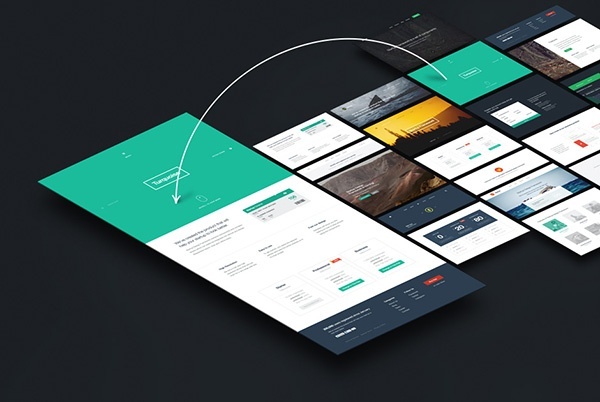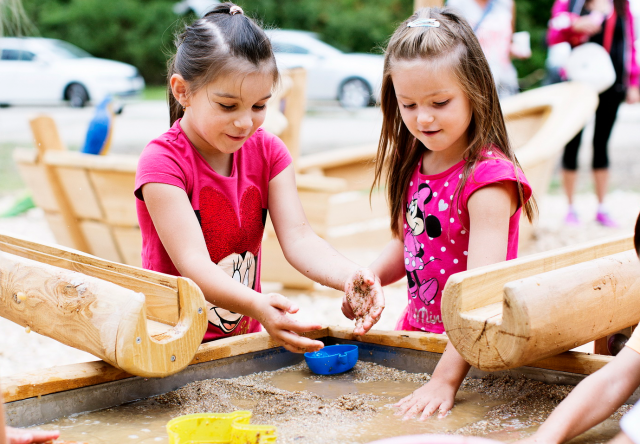Responding to the reading, find 2 examples of a product/project that you think are good examples of thoughtfully designed user experience. Be prepared to support your choices.
Core concept: interaction design, design process, design situation and digital artifact.
The first example would be the emergence of The Web App. I believe most of us are familiar with the term App , or Application, which is associated with the individual software applications that we download onto our mobile phones and other platforms. The App store and Google Play store are homes of these apps depending on our device platforms. We are so used to the intuitive nature of the apps, smooth without much load times.
The responsive website on the other hand is the evolution of our common website. When we resize our website window, observe if the content display changes. If it does, then that website is designed to be responsive. Google has placed emphasis on websites using responsive displays, rewarding them with higher search rankings. Since in the digital world, search rankings is king, the world followed.
Today, Google says that it is recommending Progressive Web Apps, which are again an evolution of the website. It is where websites act like apps. This is a major move seen in the tech world, as Google moves to bring greater user experience into the design of websites, as user preferences demand so.
The second example is Apple. Both the phone itself as well as its user experience were revolutionary at that point in time. Many believed that the different look and feel of the touchscreen phone was the main selling point, but many did not fully realise that what they fell in love with was the seamless user experience that Steve Jobs was all about.






